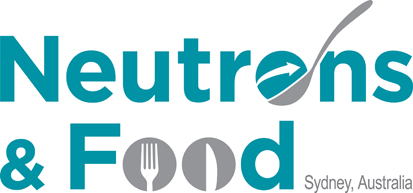Speaker
Description
Demand for farmed or wild-caught seafood is growing globally. Regulatory bodies, market chain actors and consumers have an interest in seafood provenance and food safety assessment tools to protect human health, guarantee sustainability, to meet certification requirements, reduce or prevent food fraud, and to minimise biosecurity risks associated with global movement of raw seafood products. The limitations of current seafood provenance methods can be overcome using complementary or standalone nuclear techniques. Food quality is a complex term and has often been associated with food safety by consumers; traceability, a key requirement of the global seafood trade, is linked to both food safety and quality.
This study investigated traceability and food quality using nuclear techniques. The traceability component focused on determining the geographical origin and production method of Asian seabass (Lates calcarifer) and black tiger prawns (Penaeus monodon) from a range of Asia-Pacific locations using Stable Isotope Analysis (SIA) and X-ray fluorescence (XRF) through Itrax. The food quality component focused on using Neutron Activation Analysis (NAA) to detect the concentration of heavy metals and other elements (39 in total) in the two species.
The data were analysed using three different statistical methods; univariate and multivariate analysis, Linear Discriminant Analysis (LDA), and randomForest. Both LDA and randomForest had consistent results: XRF effectively distinguished the production method and geographic locations of P. monodon (up to 100% accuracy), and SIA was more effective for L. calcarifer (up to 94% accuracy). In most cases for both L. calcarifer and P. monodon, NAA revealed that the concentrations of heavy metals and micronutrients were below the threshold levels of concern for human consumption. There were no significant differences between farmed and wild-caught samples or between geographic locations. However, in some cases, elements such as arsenic and selenium were significantly higher than the threshold, but their chemical forms are yet to be determined.
SIA and XRF are effective complementary methods for determining the provenance of seafood. NAA should be combined with other methods such as protein analysis and fatty acid profiling to effectively determine the quality of seafood.

